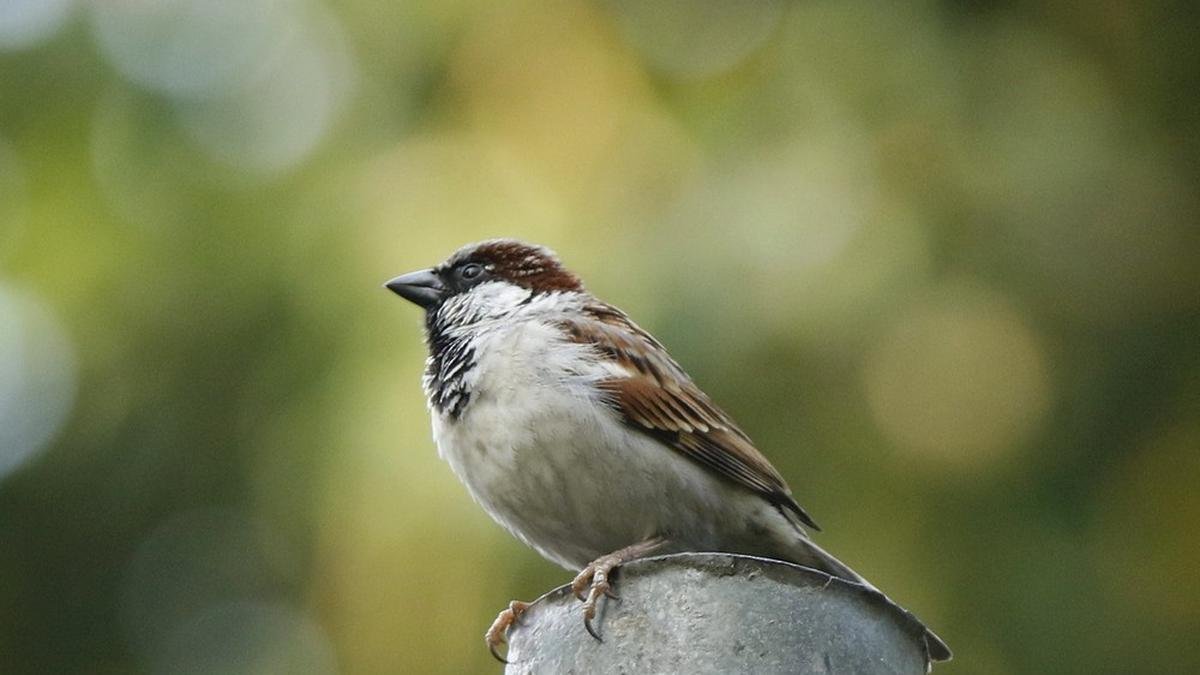Like many of us, Deepa Padmanaban despised cockroaches. “I didn’t mind lizards, but could not stand the sight of cockroaches,” says the Bengaluru-based writer and journalist. However, when she began researching cockroaches for her recently launched book, Invisible Housemates: The Secret Lives of Monkeys, Geckos, Pigeons, and Other Creatures We Coexist With, she found herself intrigued by them, especially by their intelligence. “Scientists have tried to train them to go through mazes,” she says. Also, they have a chemical signature, through which they can recognise their siblings from their non-siblings, says Deepa, who found her perspective on cockroaches changing as she discovered more about them.
The cockroach is one of 13 animals featured in this book, which explores the lives of creatures that inhabit and surround our homes through the prism of both culture and science. From the benefits offered by sharing your home with a tiny house gecko to how pigeons, today thought of as flying rats, were once valued as feathered couriers, and our complicated relationship with sparrows, monkeys, and frogs, Invisible Housemates encourages us to see many of these animals in a somewhat different light. “Every being we share our home with has something to teach us about not just ourselves, but also humanity and civilisation, pop culture and history, science and myth,” states the book’s blurb.
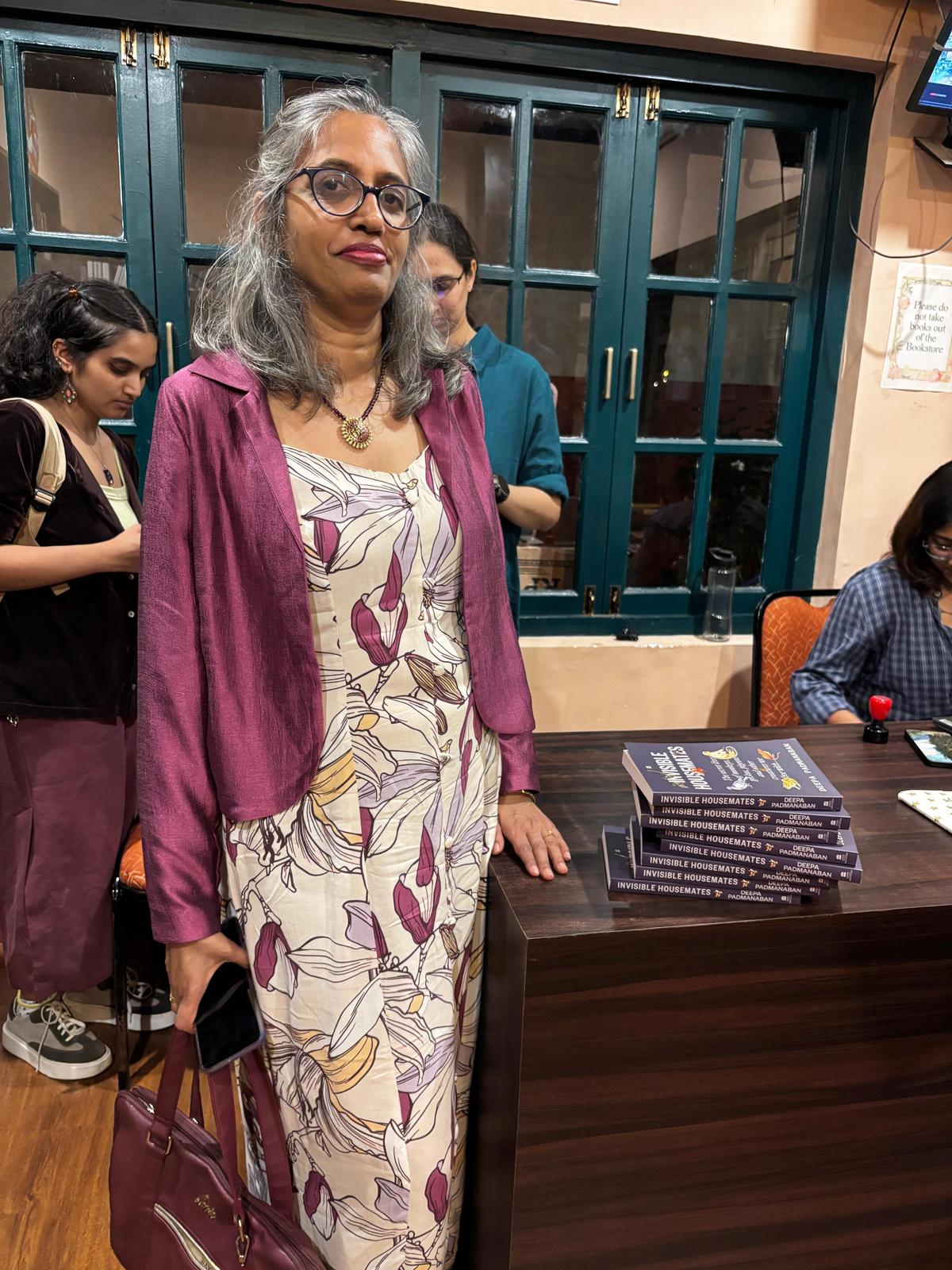
Author Deepa Padmanaban at her book launch in Bengaluru
| Photo Credit:
Special Arrangement
Genesis
Deepa, an environmental journalist who has written extensively about wildlife conservation, human-wildlife interactions, and conflict, says that the idea for the book began with her thoughts on human interactions with urban wildlife. “I had written a bit about snakes in and around our houses, and how we respondto that. So, somewhere, this thought about how we humans perceive and interact with all these other organisms that live in and around our houses came in,” she says.
While many of these animals are perceived as pests or simply overlooked, “they have a huge role to play in our ecosystem,” she says, pointing out that few people bother studying or trying to understand them. “We might just lose them if we don’t pay attention,” she says. “That was the seed of the idea: looking at all these amazing creatures that live around us.”
The idea was to focus on human interactions with these animals, “not just everyday interaction, but I was also curious to see how they were perceived in history, literature, mythology and pop culture,” she says of the book, which also, of course, looks at these animals through the lens of science.
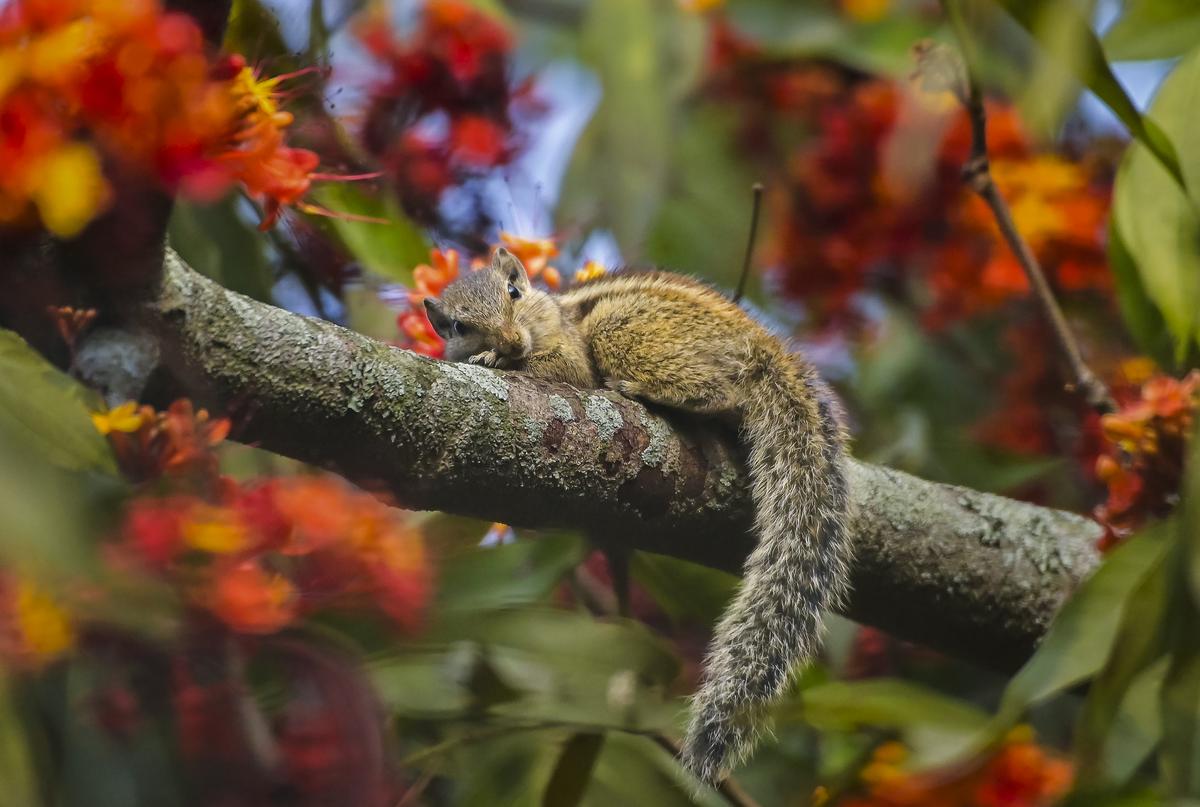
A squirrel on the branch of an Ashoka tree
Her publisher, she says, initially asked her to come up with a list of ten species. “I first thought of the creatures that live in proximity to us and with whom we have a love-hate relationship (mostly hate!),” she says, listing some of them: geckos, spiders, cockroaches, rats, pigeons, crows and sparrows. “I also included squirrels and frogs as these were in abundance in my neighbourhood when I first moved to Bangalore, but have now declined or vanished,” she says. Also, monkeys, “a new entrant to our neighbourhood, causing some distress to people,” says Deepa, who later added ants, mosquitoes and bees to the list. “The idea was to highlight our dynamic relationship with these creatures while also showcasing some of their unique traits.”
Shifting perceptions
When Deepa began working on the book a few years ago, she also started moving away from looking at these animals merely through “a human-centric lens.” This is apparent in Invisible Housemates, in which she also highlights the exceptional traits these creatures possess and the differences among individuals of the same species. This sense of wonder, which she conveys beautifully to the reader, prompts you to think about how many of these animals have “been here before humans, and, of course, some of them have evolved along with us.”
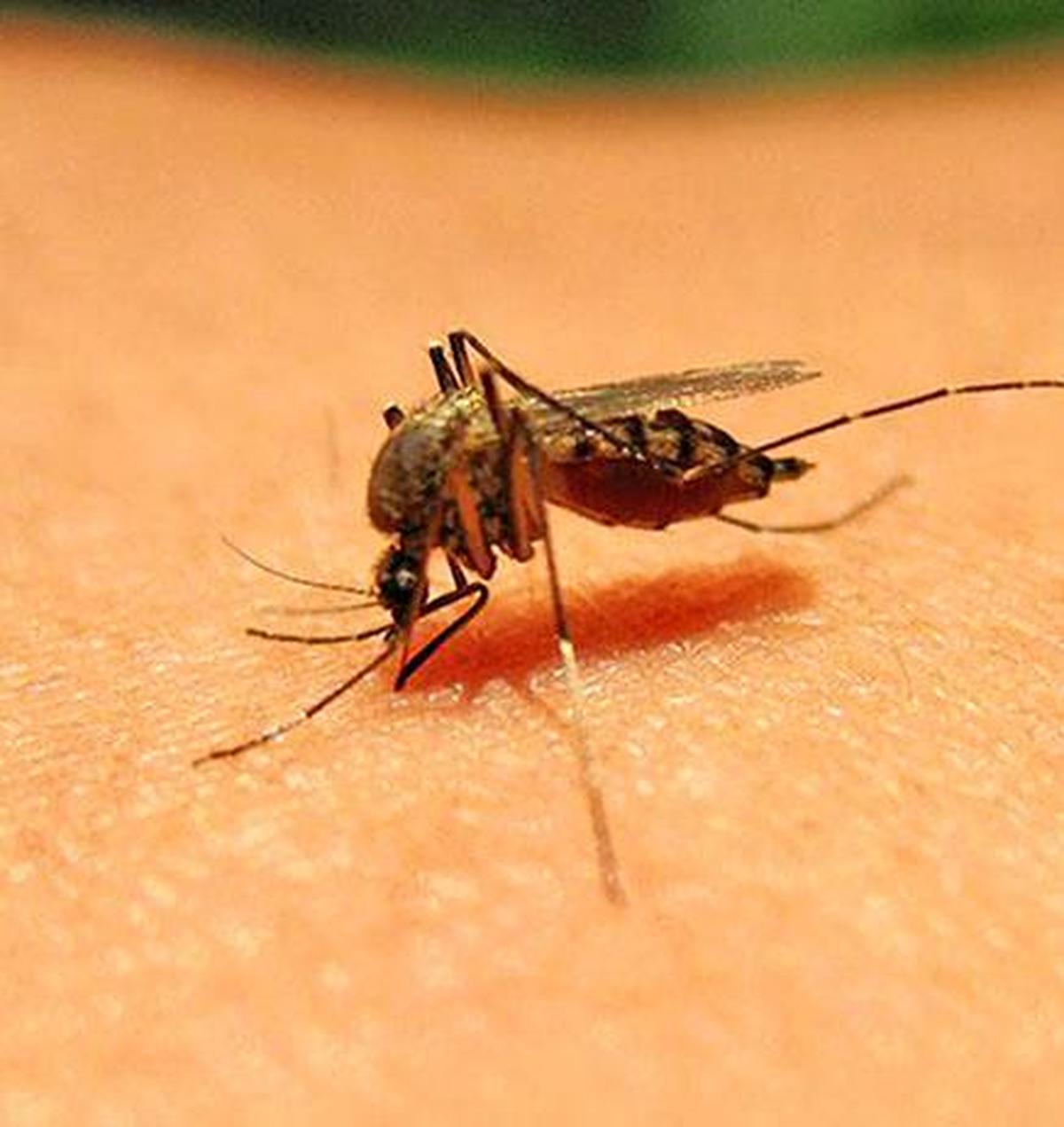
Even mosquitoes have a role to play in our ecosystem
| Photo Credit:
Special Arrangement
It is also an attempt to move away from a conservation narrative that focuses on megafauna in wild places. Small animals that inhabit urban spaces also play an important role in ecosystem functioning, she says. “We, humans, are always trying to control the populations around us, for our own convenience,” she says, offering examples of these interventions going wrong. In 1958, for instance, Mao Zedong, Chairman of the Communist Party of China advocated the large-scale killing of sparrows, a decision that led to a surge of insect pests in the country. “The sparrows were eating these worms that damaged the crops, so when the sparrow populations declined, the worms proliferated. That, along with some other factors, led to famine,” says Deepa.
Other examples of how these small animals contribute to the well-being of ecosystems include squirrels aiding in forest regeneration and seed dispersal by burying their nuts and seeds for future use, cockroaches breaking down organic matter and contributing to soil fertility, and rats’ burrows helping to aerate the soil.
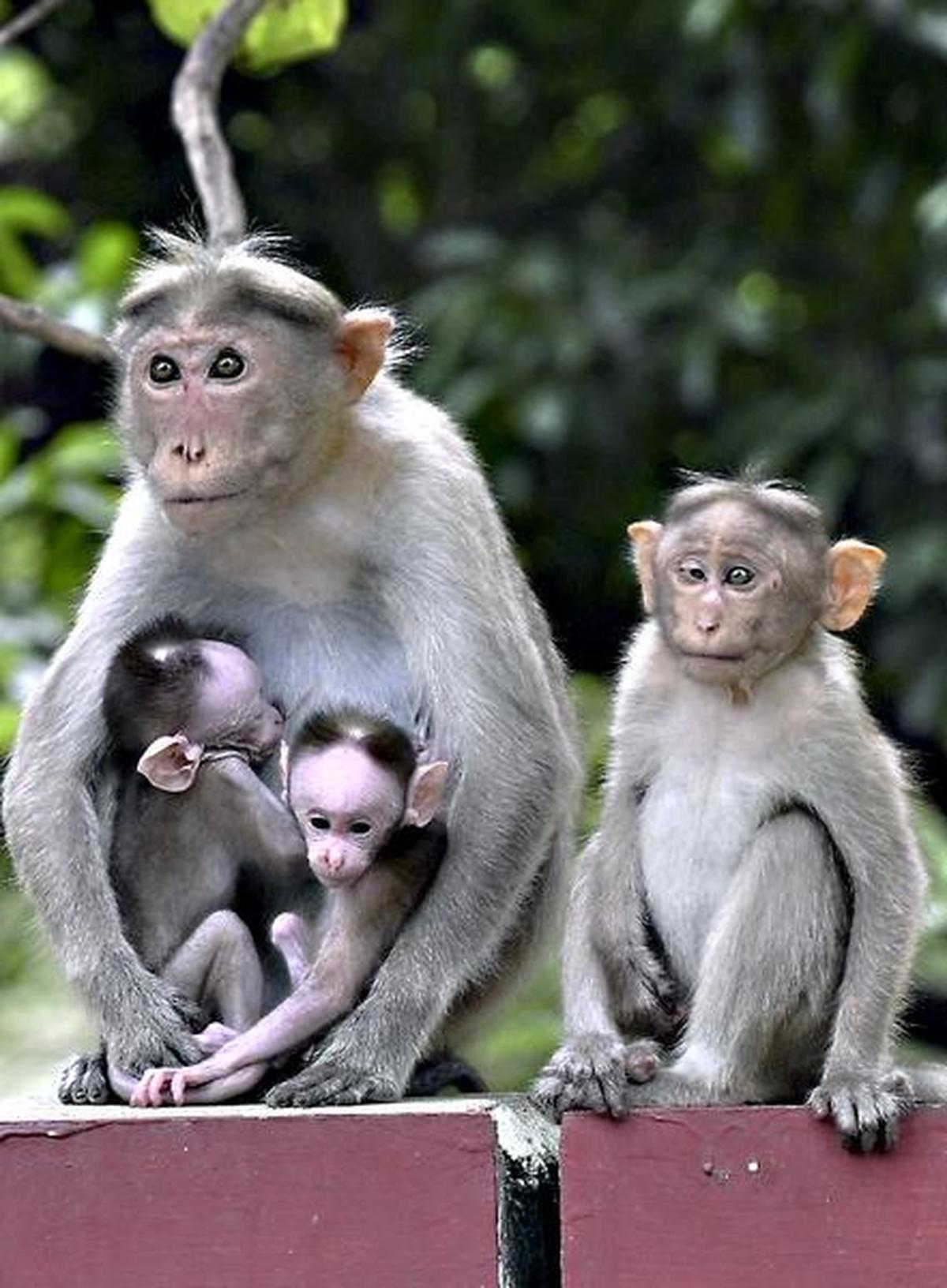
Monkeys often live in close association with humans
| Photo Credit:
VENKATACHALAPATHY_C
Quoting from the book Mosquitopia: The Place of Pests in a Healthy World, by author and professor of history Urmi Engineer Willoughby, Deepa says, “Since humans accidentally enabled the growth of mosquitoes, are they justified in their efforts to control these mosquitoes and even seek to eradicate them?” This quote, she says, captures how human beings have tried to control animals, often seeing them as nuisances that need to be eliminated. And yet, “each of these has a role—even mosquitoes help with pollination—but we don’t always look at the full picture,” she explains. “While I don’t advocate that we encourage having the pest species in our homes, I wanted to highlight that, before we eradicate these creatures, we need to think about how our actions can affect the environment we live in.”
Published – September 29, 2025 04:40 pm IST
